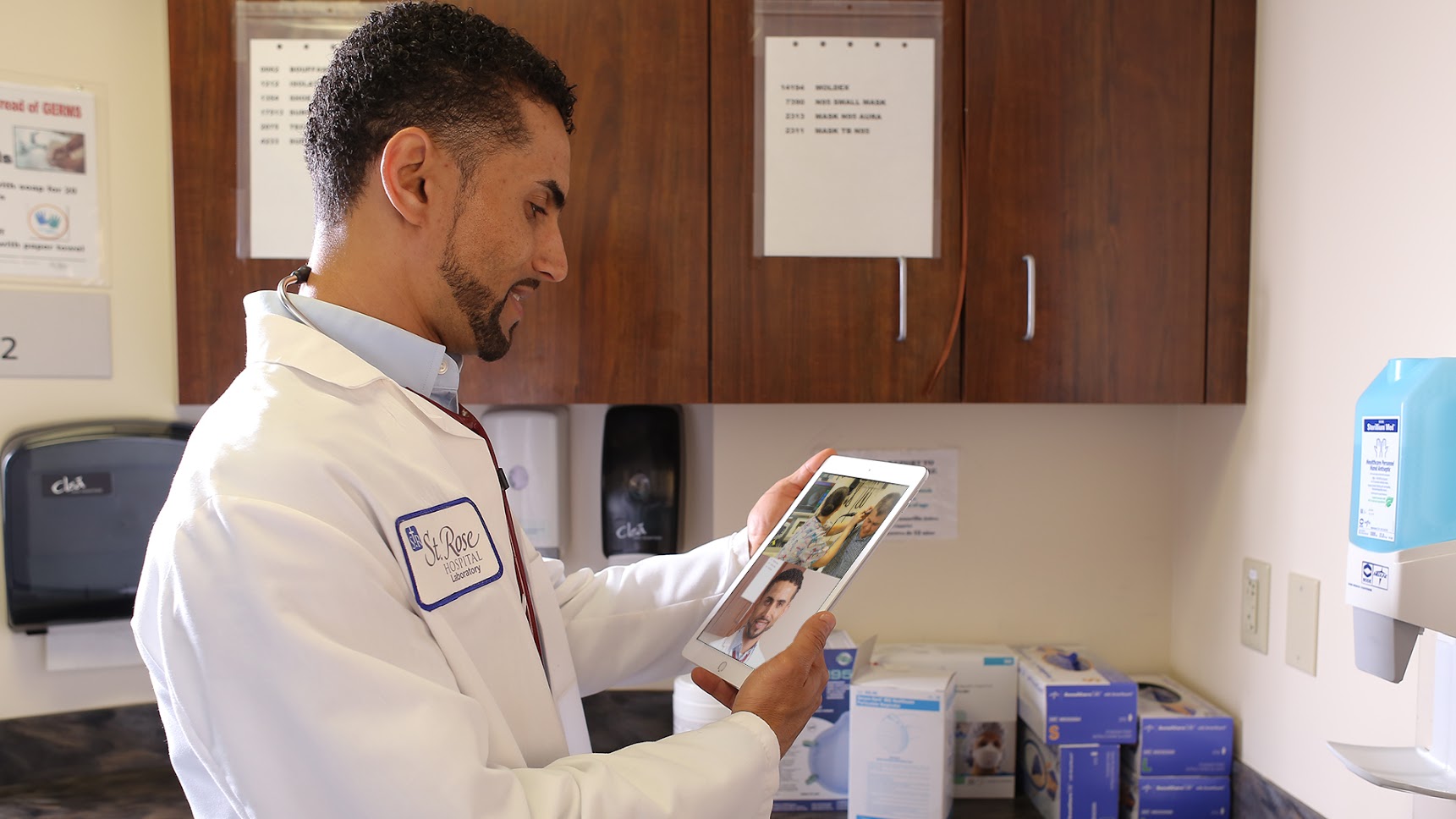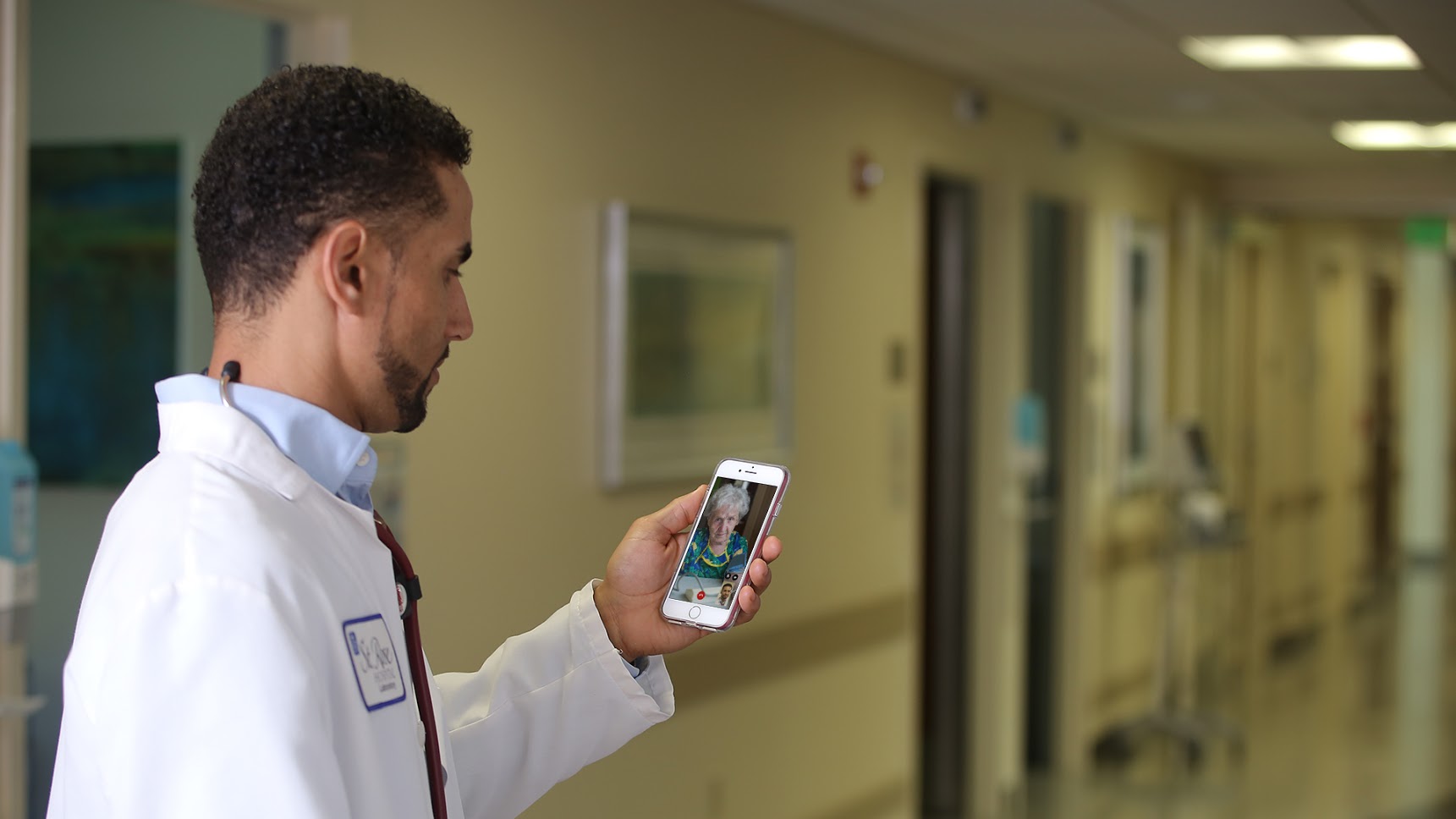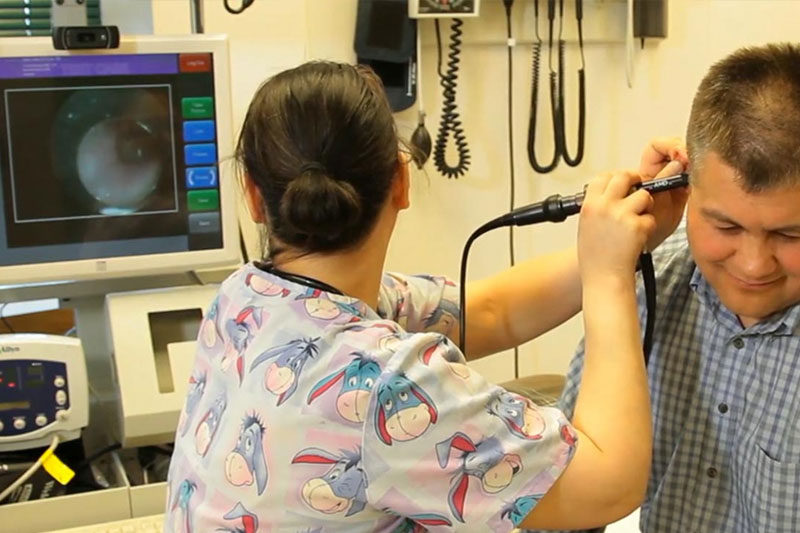As we embark on a new year, many of us start by thinking about making changes to our health and wellness goals, and how we can avoid visits to the doctor – both in the short term and as we get older. The truth is that, whether they’re due to smoking, depression or heart disease, many of the conditions that weigh down our healthcare system are preventable.
The adoption of telemedicine, a proactive approach, is making our healthcare delivery system more sustainable and inclusive – improving clinical efficiency while saving more lives.

Efficiency: Delivering More Care With Less
A compelling study was just released by Philips in collaboration with UMass Memorial Medical Center (Philips’ eCareManager solution for tele-ICU is powered by Vidyo and deployed at UMass.) The report, which is the first of its kind, proves that their eICU program with centralized bed monitoring and management has increased case volume by up to 44 percent, and improved contribution margins by up to 376 percent – or $37.7 million. The author, Craig M. Lilly, MD, concluded that there is indeed a strong financial argument for hospitals to encourage the wider adoption of ICU telemedicine programs.
The study demonstrates that comprehensive tele-ICU programs make access to high-quality critical care more available to more people, while making life easier for medical professionals. It’s known that doctors are more stressed out than ever, and process simplification is needed. Better access to care via 24×7 remote monitoring and click-to-connect video makes the system both more inclusive and more sustainable.
According to the study, a tele-ICU – when co-located with a logistical center – improved case volume by 38 percent over traditional models, and this care delivery model allowed recovery of the initial capital costs of the ICU telemedicine program in less than three months.
All over the world, telehealth is taking hold. In Australia, Emory Healthcare is leveraging tele-ICU to address specialist shortages. Like UMass, they are turning to video to deliver comprehensive care, which is complex and comprised of several moving parts. In order for comprehensive care to be successfully delivered remotely, seamless collaboration is key:
Inclusion: Who’s On Your Care Team?
As we begin the year 2017, the conversation around telehealth is changing – it’s no longer only about delivering care remotely to hard-to-reach patients in rural areas or non-ambulatory patients, but about using mobile device-focused video communication, that is easily embedded into physician workflows, to create clinical efficiency across the continuum of care for all patient populations. The Philips/UMass study is verifying what we have intuitively known about telemedicine in terms of its benefits for patient outcomes and providers’ bottom lines, especially when it comes to creating more transparency through inclusion. For friends and family who are invested in the patient’s care, visibility is key.
In order for our healthcare system to become more sustainable, three drivers need to coalesce: better outcomes, lower costs and transparency. Telehealth is the solution that makes it simple to achieve all three at the same time. For example, Kaiser Permanente, another Vidyo customer, conducted more than 110 million interactions between clinicians and patients last year – 52 percent of which were handled via technologies that support telehealth such as videoconferencing. Transparency is created by giving better visibility to the patient’s care team. Multiparty visibility via video subsequently leads to lower costs and better outcomes.
If I am in based in California, and my ailing father is in New York, I can still be part of his care team thanks to mobile-first video communication. When more people who are vested in the patient’s care are “in the room”, it creates more transparency while lowering costs. Building out this “care team,” and bringing them together, is one of the most critical parts of creating better outcomes. For this reason, high-quality multiparty video is needed. Multiparty video, that remains resilient, flexible and immersive from any location, is a key differentiator of Vidyo. There are other ways to converse one-on-one, but the care team needs to connect as a unit.
Kaiser also leverages Vidyo’s integration with Epic, their electronic health record solutions, so that patient data and the real-time communications are in the same place, significantly simplifying the workflow for the clinician and patient, and making a telehealth encounter as close to the in-person experience as possible. This way, I and the rest of Dad’s care team will consistently have ready access to the same facts about his current condition, and I’ll certainly know if Dad is telling the truth next time when he tells me on the phone that everything is fine.

Sustainability: Collaborative Care Without Borders
To that point, critical care is a team effort that coordinates across borders. Take telestroke, for example. When a patient arrives at a particular hospital, there may not always be a neurologist on hand, especially in rural areas of the country. Using video chat, an available neurologist at a central telehealth center or another hospital can immediately conduct a visual stroke assessment and review the patient’s CT scan and other critical content with the remote radiologist or other care team members. Multipoint video chat is helping hospitals move faster.
For ischemic strokes, there is approximately a three-hour window in which the stroke can be alleviated through administration of tPA medications. Total precision, along with speed, is nothing less than necessary in this critical care scenario – if this medication is delivered, and the diagnosis of stroke type was ultimately wrong, these drugs can be fatal to the patient.
If this window closes, tragically, paralysis and brain damage set in. For both the hospital and the patient’s family, the cost of care will become enormous – and often impossible to manage.
Stroke is still a leading cause of acute and in-home care in America. We recently surveyed a group of our healthcare customers to find out what their primary use case for Vidyo is – 74 percent of respondents who are using video primarily for specialist care said that they are using it for telepsychiatry, while 59 percent said that they are using video conferencing for telestroke – with both use cases saving lives when time is of the essence.
The Philips/UMass study shows that video can ensure the accessibility and affordability of high quality care for everyone. Helping to create a new standard of care through telemedicine for veterans, nursing home residents, mental health patients, stroke victims, prenatal care for expecting mothers and all patient populations through the entire continuum of care is our goal.
View the video of Mercy’s Safewatch program, which leverages the Philips eCareManager program (powered by Vidyo) to implement their central ICU monitoring hub. To learn more about how Vidyo is changing remote care, click here.
